
Trump Announces Eye-Watering $200,000,000 White House Renovation Plans

A New Chapter in White House History: Trump’s $200 Million Ballroom Plan
For more than two centuries, the White House has stood as both a working office and an enduring emblem of American history—a building where every corridor carries echoes of presidents past and decisions that reshaped the world. Now, one of its most dramatic transformations in over a hundred years is about to take place. President Donald Trump has announced plans for a sweeping $200 million addition: a 90,000-square-foot ballroom that he envisions as both a grand stage for state occasions and a personal imprint on the iconic residence. Admirers hail it as a long-overdue modernization; detractors dismiss it as a gilded indulgence. Either way, the project promises not only to reshape the East Wing skyline but also to leave an indelible mark on the story of America’s most famous address.
The Announcement and Key Details
The White House confirmed this week that construction will soon begin on the ballroom, described by Trump as an “exquisite addition” to the Executive Mansion. Estimated at $200 million, the project will be financed privately through Trump himself and unnamed donors, avoiding direct taxpayer funding. Ground-breaking is expected in September, with completion projected before the end of Trump’s current term.
Designed to host up to 650 guests, the ballroom is set to replace the East Room as the primary venue for state dinners and receptions—tripling indoor capacity and offering a permanent alternative to the temporary outdoor tents that have long been criticized as both unsightly and impractical in bad weather.
Renderings released by the administration show the ballroom attached to the East Wing, which traditionally houses the First Lady’s office, the White House Military Office, and visitor facilities. While parts of the East Wing will be cleared for construction, Press Secretary Karoline Leavitt stressed that the wing will be “modernized, not demolished,” with architectural design intended to harmonize with the White House’s neoclassical character.
Although no firm completion date has been announced, Trump has promised that the ballroom will be “top of the line,” with detailing meant to reflect the elegance of past state functions while respecting the historic dignity of the residence.
Architectural Vision and Trump’s Personal Imprint
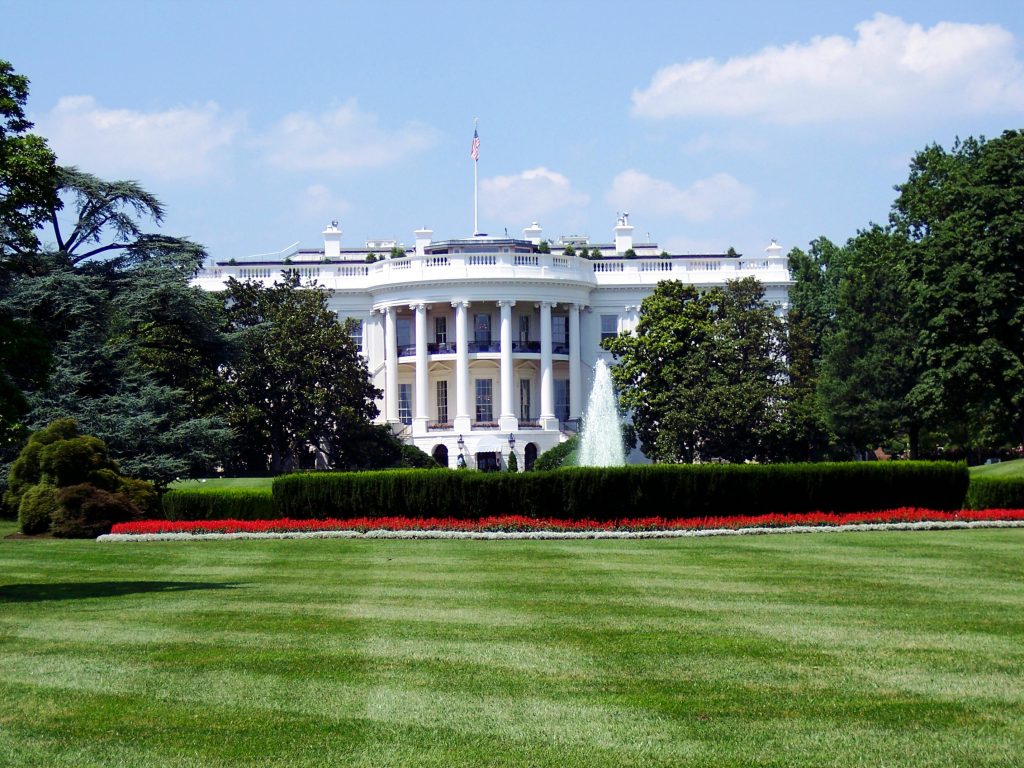
The ballroom, as envisioned by Trump, reflects both functional ambition and personal aesthetic. Renderings indicate that while the exterior will respect neoclassical tradition, the interiors will be lavish—drawing inspiration from Trump’s private properties, most notably the grand ballroom at Mar-a-Lago. Crystal chandeliers, gilded Corinthian columns, gold-inlaid coffered ceilings, and a marble checkerboard floor are all part of the design, creating a space that Trump believes will elevate the White House’s ceremonial role.
These choices mirror broader modifications Trump has already implemented. The Oval Office now prominently features gold accents, while the Rose Garden lawn was replaced with a paved patio to accommodate high-heeled guests during outdoor events. Trump also oversaw the installation of two massive flagpoles on the North and South Lawns, designed and positioned according to his personal specifications.
In framing these changes, Trump has emphasized legacy. “It’ll be near the White House, but not touching it, and pays total respect to the existing building,” he said. “Other presidents were never good at ballrooms. I’ll set the standard.” For Trump, the ballroom symbolizes more than a structural upgrade—it’s a testament to his belief that the presidency should blend ceremony with grandeur on a scale befitting the world stage.
Historical Context of White House Renovations
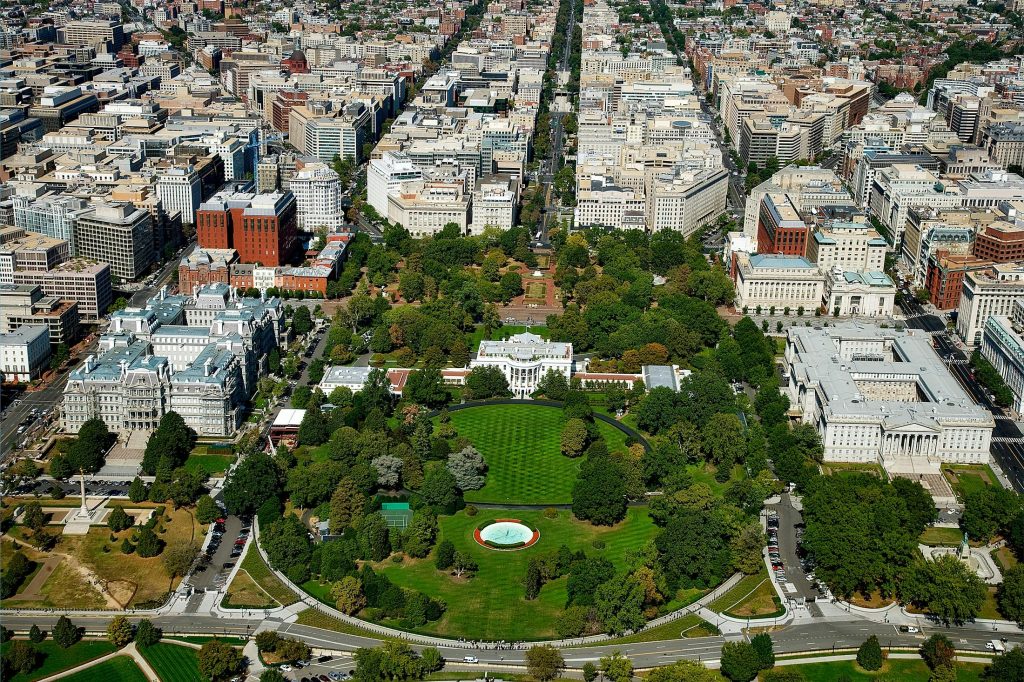
The White House has never been a static structure. Each administration has left its mark—some subtle, others transformative. Theodore Roosevelt initiated the first major overhaul in the early 20th century, creating the West Wing to separate workspaces from the residence. Harry Truman’s reconstruction between 1948 and 1952 was even more radical: the interior was gutted and rebuilt, adding the now-famous Truman Balcony. Though criticized at the time for its expense and loss of original interiors, the renovation preserved the building for generations to come.
Subsequent first families also reshaped the mansion. Jacqueline Kennedy spearheaded a sweeping redecoration in the 1960s, sourcing antiques and historical art to restore its sense of gravitas. Decades later, Laura Bush oversaw restorations throughout the residence, including the Lincoln Bedroom and the White House theater, balancing historical accuracy with modern needs.
Every addition or modification has sparked debate. Jefferson’s colonnades, Jackson’s North Portico, and even Truman’s balcony were once derided as controversial, yet all eventually became woven into the White House’s permanent character. As Stewart McLaurin of the White House Historical Association observed, the mansion is a “living building, shaped by the priorities and personalities of its occupants.” Trump’s ballroom will inevitably be judged in the same light—initially debated, but ultimately absorbed into the building’s evolving narrative.
Political and Public Reaction

The ballroom announcement has ignited predictable political and public debate. Supporters argue that it addresses a genuine logistical shortcoming: the lack of an indoor venue large enough to host major state functions. They note that replacing temporary tents with a permanent structure will enhance both the dignity and security of such events. Chief of Staff Susie Wiles praised Trump’s “extraordinary eye for detail” and his commitment to preserving the White House while making it more functional.
Critics, however, deride the project as an unnecessary extravagance. Senate Majority Leader Chuck Schumer quipped that he would “rather eat [his] cheeseburger at [his] desk” than in a $200 million ballroom. Others argue the design’s opulence—particularly the heavy use of gold—reflects Trump’s personal brand more than the restrained elegance associated with White House tradition. Policy editor Mona Charen went further, labeling it a “physical symbol of a low and shameful time.”
Beyond aesthetics, the project has reopened debates about presidential legacy. Supporters liken it to past renovations that were controversial at first but ultimately accepted as valuable additions. Critics counter that the ballroom, unlike the Truman reconstruction or Roosevelt’s West Wing, risks being remembered as more self-serving than historically necessary.
Implications for the White House and Trump’s Legacy
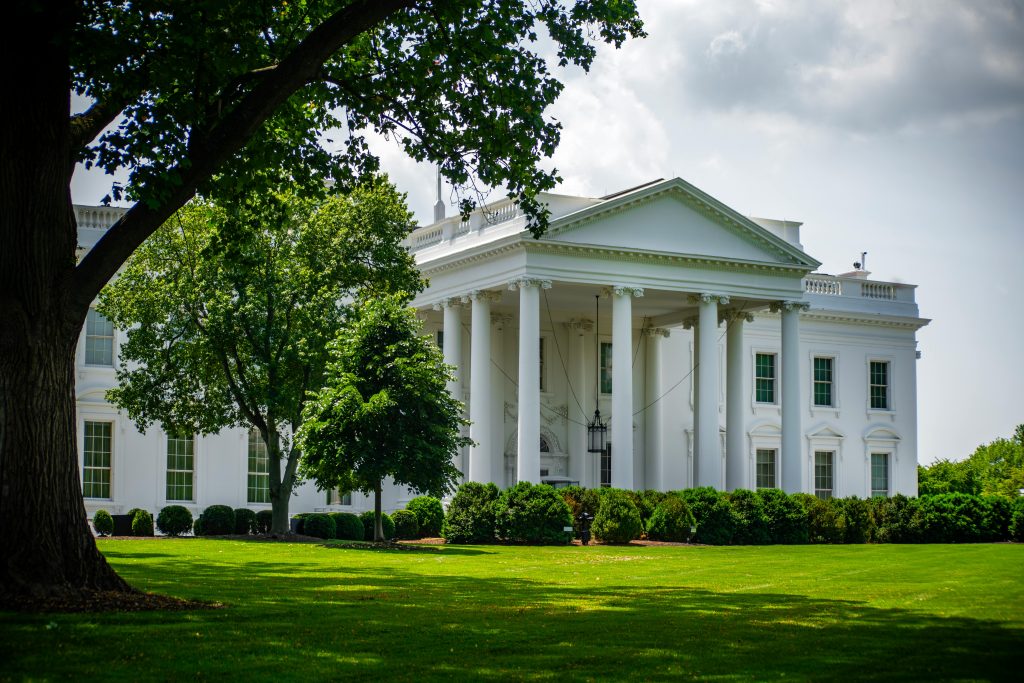
If realized as planned, the ballroom will be among the most significant additions to the White House since Truman’s reconstruction—both in scale and in symbolism. Functionally, it would provide future administrations with a permanent, climate-controlled venue for diplomacy and cultural events. State dinners, award ceremonies, and international summits could gain a more impressive stage, possibly elevating the White House’s global image.
Yet legacies are shaped not only by utility but also by perception. The ballroom’s overtly opulent style may ensure that Trump’s personal aesthetic remains embedded in the White House narrative. Future presidents could adapt the interior to their own tastes, but the structure itself would endure. As historian Tim Naftali put it, “What President Trump does inside the Trump ballroom may not survive his presidency. But as long as the bones are strong, future leaders will redefine the space in their own way.”
Preserving the Past, Shaping the Future
The White House has always been a living monument—a blend of history and adaptation, preservation and progress. Trump’s proposed ballroom is the latest chapter in that long story, embodying both personal vision and functional necessity. Whether embraced as a legacy-building enhancement or dismissed as an extravagant indulgence, it reflects an ongoing tension: how to honor the gravitas of history while meeting the demands of the present.
In time, the ballroom may settle into the White House’s fabric, much like Jefferson’s, Jackson’s, or Truman’s controversial additions. Or it may remain a striking symbol of one administration’s approach to power, ceremony, and self-image. Either way, it will become part of the evolving narrative of America’s most iconic residence—a reminder that even its most historic walls are never truly finished.
News in the same category


Why Sleeping in Socks Might Be the Secret to Better Sleep

The World’s Strongest Animal Isn’t an Elephant or Bear

Your Smartphone Battery’s Lifespan Depends on How You Charge It—Here’s How to Do It Right

How to Extend Your Smartphone Battery’s Lifespan

Hotel Room Red Flags You Should Never Ignore

Turkey bars Israeli ships from its ports, restricts airspace

Man develops 'pork worms' in his brain after years of doing this specific cooking habit

Woman who d::ied for 24 minutes before being brought back to life details exactly how it felt

‘Healthy Man’ Diagnosed With Cancer After Noticing Dog’s Bizarre Behavior Around Him

Nearly 64% of All Bottled Water in America Is Just Tap Water. These Are the Brands.

The difference between the spirit of a loved one and other forces

One Swedish man replied to all those who wondered how people live in such tiny apartments by showing his own

Expert issues warning to couples as 'menodivorce' becomes increasingly common in relationships

Christina Applegate reveals how her MS diagnosis has ‘broken’ her 14-year-old daughter Sadie

How True Love Shows Itself During Intimacy

‘Miracle’ Moment: Cross Necklace Stops Bullet and Saves Man’s Life

Christian Bale Built $22 Million Foster Care Village in California

Emma Stone opens up about coping with fame after revealing she would like to be called by real name
News Post

The difference between the spirit of a loved one and other forces

Your Heart Emits a Magnetic Field 100x Stronger Than Your Brain – And It Can Be Detected 3 Feet Beyond Your Body

🌱 Discover Papaya Seeds: Nature’s Tiny Powerhouse for Total Wellness

3 Home Remedies to get rid of Skin Tags – Skin Tag Removal

Homemade Herbal Bath Powder For Clear Skin: Bridal Skincare Ubtan

Mix Baby Oil with Vaseline: The Simple Skincare Trick for Youthful, Wrinkle-Free Skin

How Your Body Secretly Tells You You're Stressed

New Study Shows That Sitting in Silence for Only Two Hours Can Trigger Significant Growth in New Brain Cells

Foods That Can Quietly Drain Calcium From Your Body

Just Simply Looking at a Sick Person Is Enough to Trigger Your Immune Response, Study Shows

Scientists Discover an “Off Switch” for Cholesterol — And It Could Save Millions of Lives

Why Does Your Eye Twitch Randomly? An Eye Doctor Explains
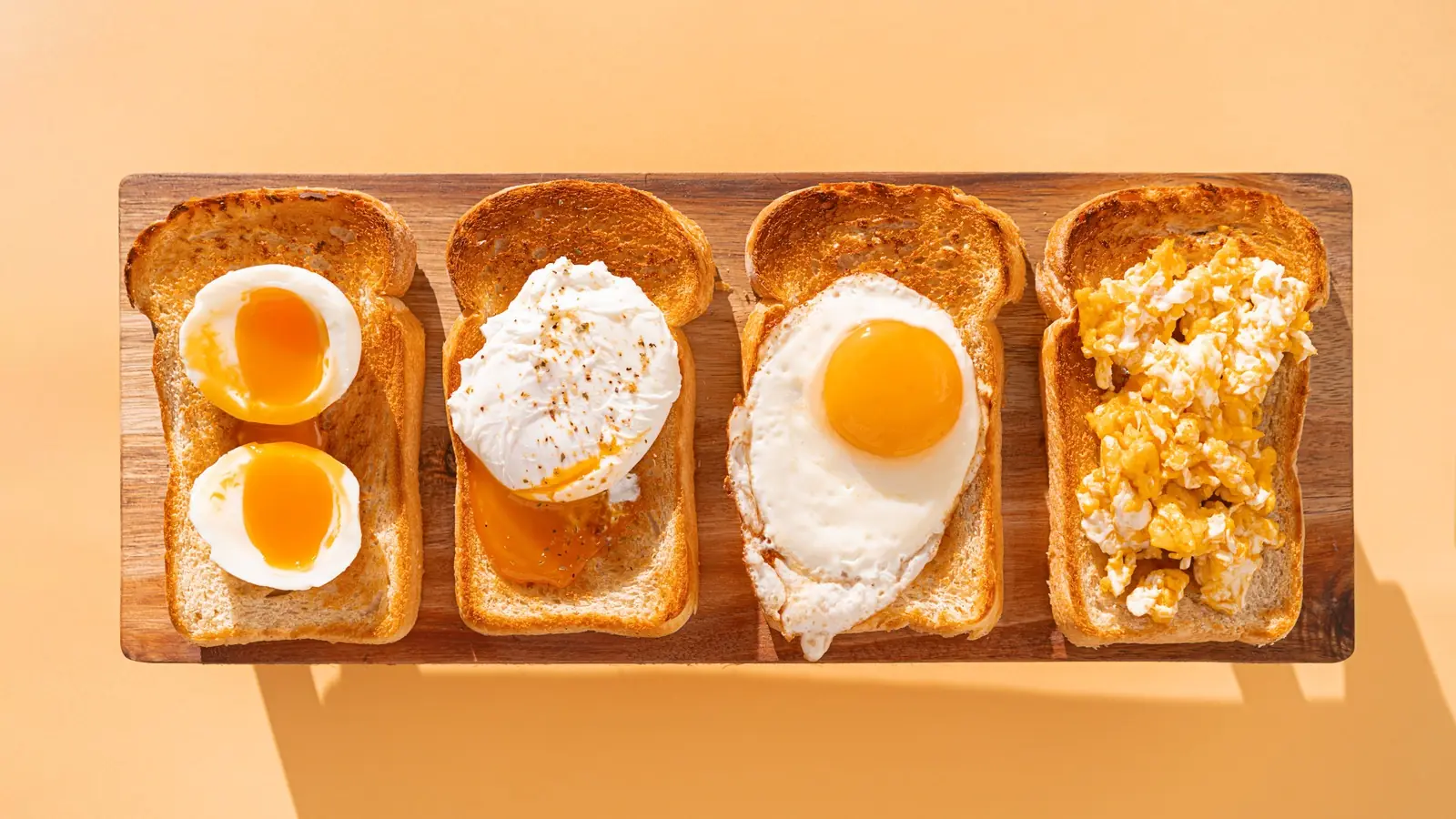
Think Twice Before Pairing: 6 Foods You Shouldn’t Eat with Eggs
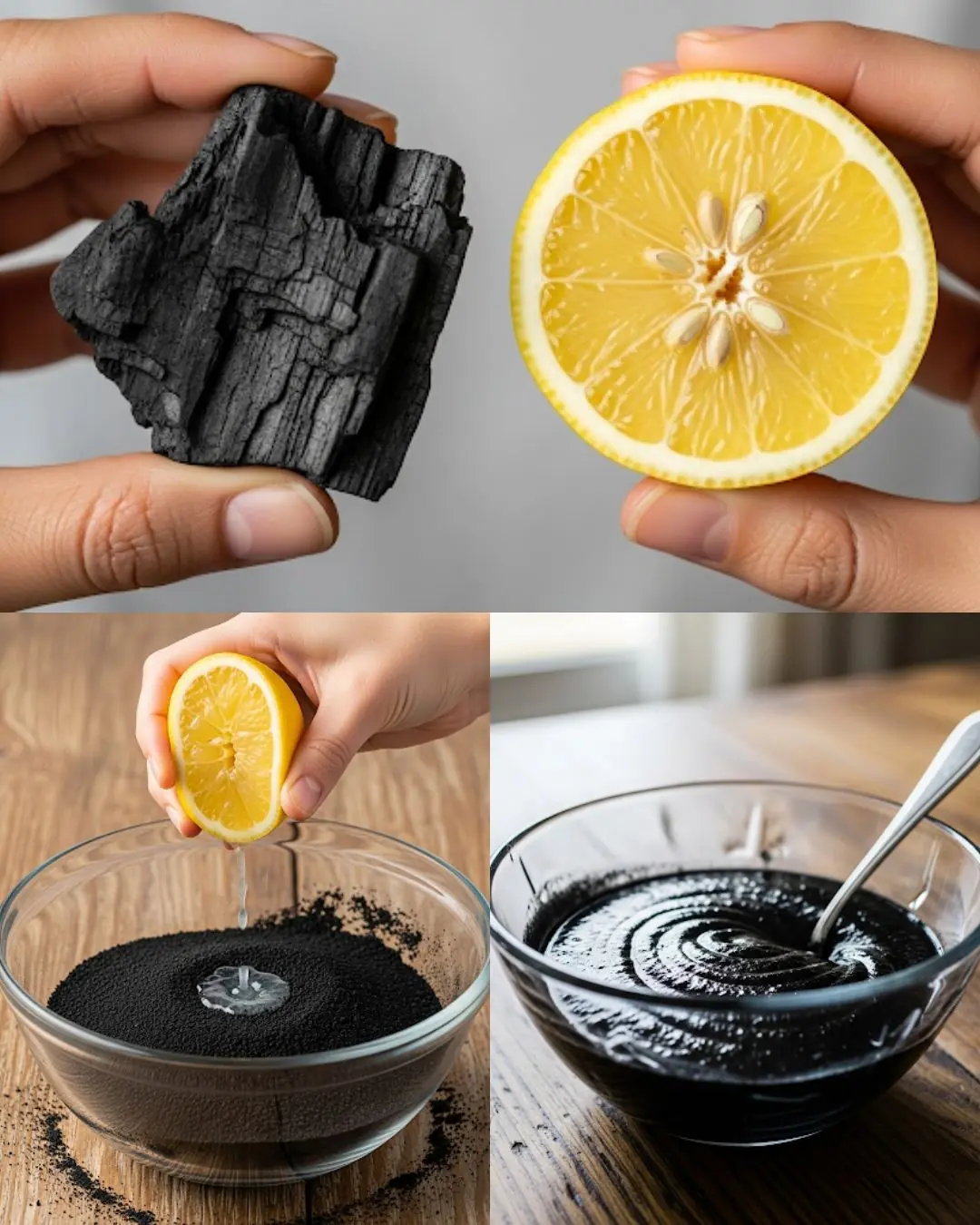
The Magic of Lemon Juice and Activated Charcoal: Natural DIY Solutions for Skin and Teeth

Open Pores To Glass Skin Transformation

Here’s how much the Powerball winner will owe in taxes after the $1.8 billion jackpot
The Powerball jackpot has climbed to an astronomical $1.8 billion, the second-largest prize in U.S. history. But before the lucky winner can celebrate a life of luxury, the taxman will be waiting with a massive bill that could drain hundreds of millions f

Casino Scandal: Woman Denied £33 Million Jackpot and Offered a Steak Dinner Instead
A New York woman’s dream of instant fortune turned into a nightmare after a slot machine declared her the winner of nearly £33 million—only for the casino to claim it was a “malfunction” and offer her a steak dinner as compensation.

Look-alike athletes who even share the same name took DNA test to see if they’re actually related
It sounds like the plot of a sports comedy, but it actually happened. Two professional baseball players who looked like mirror images of each other — and even shared the exact same name — decided to take a DNA test to uncover whether fate had made the

Keira Knightley had to go through years of therapy to get over trauma after starring in "Pirates of the Caribbean"
The role that turned Keira Knightley into a global star also came with a heavy price. Behind the glamour of Hollywood red carpets, she silently battled trauma, anxiety, and the crushing weight of fame as a teenager.
